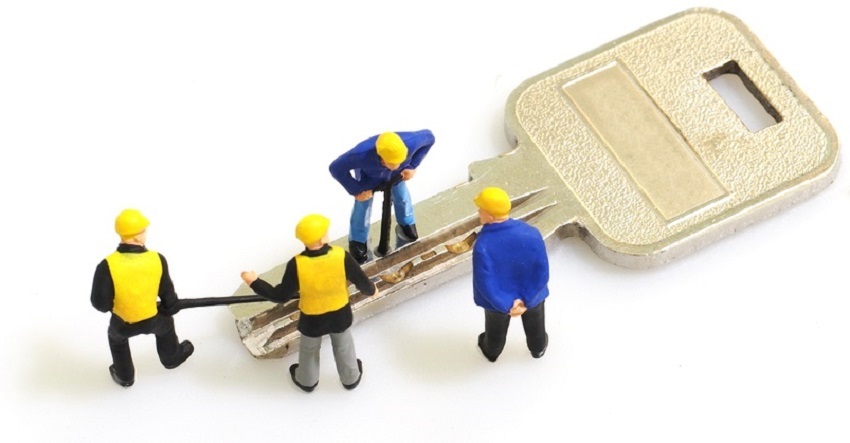Epoxy is a word that refers to both the components and the cured end products of substances known as epoxy resins, which are used in paints, laminates, castings and engineering adhesives. They are a versatile and popular product and have applications in a range of industries, including construction, the aerospace industry, the manufacture of sports equipment, and even in some medical equipment.
Engineering adhesives are used in the manufacture of aircraft, cars, bikes and boats. They are also used for making sporting equipment such as skis, snowboards and golf clubs. Epoxy resin adhesives are used wherever very strong adhesive bonds are needed. They are particularly useful because epoxy will bond to metal, wood, glass, stone, and even some plastics.
Traditional epoxy adhesives
Traditionally, epoxy adhesives have been very strong and very versatile. They are very resistant to extremes of heat or weather and create high-strength bonds; however, they are not usually very flexible. Rubber-toughened epoxies are often slightly more flexible. These epoxies form bonds that are more resistant to the stress from vibrations and impact and that can cope quite well with the stress caused when substrates of different material expand and contract at a different rate. You can find out more about epoxy resins from online resources such as NetComposites.
New epoxy hybrid technology
New kinds of epoxy bonding adhesive have been developed that are more flexible and more vibration resistant than traditional epoxy adhesives. These new products combine the strength of the traditional adhesives with the kind of flexibility that you would usually associate with silicon-based adhesives. These include the new kinds of metal bonding adhesive developed by companies such as www.ct1ltd.com/en.
These new adhesives will bond with a very wide range of materials – metals, plastics, and particularly composite materials such as carbon fibre. Carbon fibre is the material used to make high-end, high-tech equipment such as prosthetic limbs, sporting equipment, racing cars and high-performance bicycles. It is lightweight and designed to absorb impact, vibrations and other stress without shattering and needs an adhesive that shares these properties.
These new adhesives are fast to cure or set, reliable, and straightforward to use. They form strong, durable bonds that can withstand time, weather, temperature and water in the same way as epoxy resin but are also flexible and resistant to vibration and impact.



